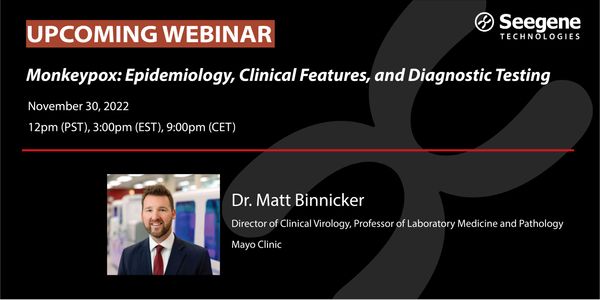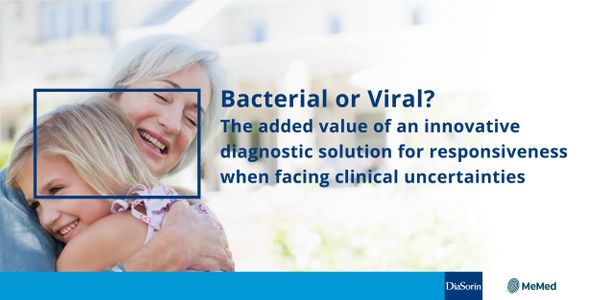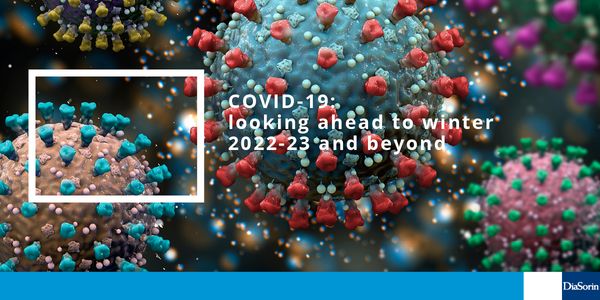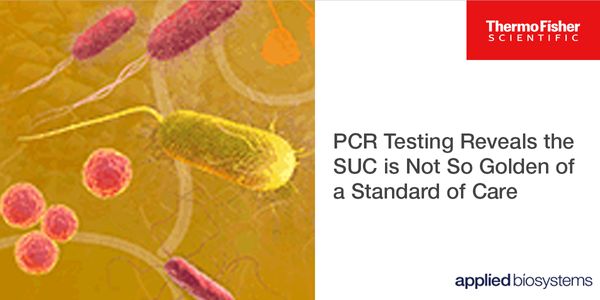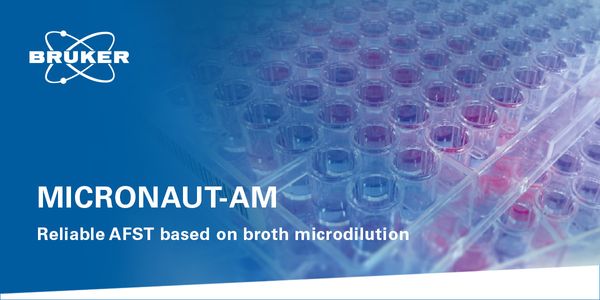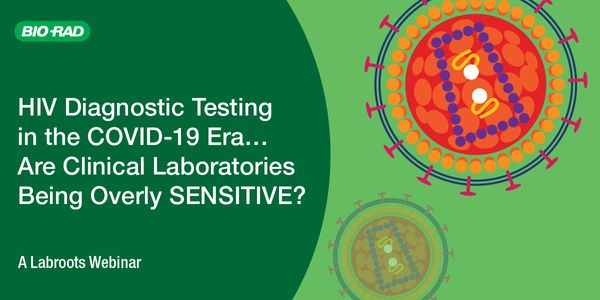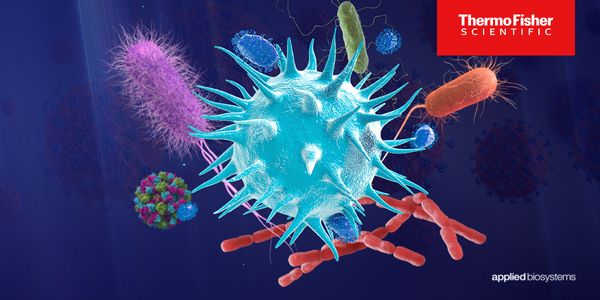Infection
Infection is a disease caused by a pathogenic microorganism (e.g., bacteria, viruses) able to invade tissue.
-
NOV 30, 2022 | 12:00 PMDate: November 30, 2022 Time: 12:00pm (PST), 3:00pm (EST), 9:00pm (CET) Prior to 2022, monkeypox virus was a rare cause of disease in humans with most cases being associated with travel to t...NOV 29, 2022 | 6:00 AMDate: November 29, 2022 Time: 6:00am (PST), 9:00pm (EST), 3:00pm (CET) Antimicrobial resistance is an emerging problem in healthcare, and represents one of the most crucial challenges for th...With recent emergences in new infectious diseases and their variants, there is a need to develop faster and more specific analytical tools to detect different respiratory infectious diseases...Speaker: Richard Gibson, PhD, MSc, BScPresented at: Clinical Diagnostics & Research Virtual Event Series 2022
Sponsored By: Thermo Fisher Scientific
NOV 09, 2022 | 8:00 AM
Date: November 09, 2022 Time: 8:00am (PST), 11:00am (EST), 5:00pm (CET) The field of cell and gene therapy is rapidly growing. In particular, the use of lentiviruses in CAR-T applications is...
NOV 03, 2022 | 6:00 AM
Date: October 13, 2022 Time: 10:00am (PDT), 12:00pm (EDT), 8:00pm (CEST) Most known immune checkpoints exert their effects upon protein-protein interactions, such as the PD1 checkpoint on CD...
NOV 01, 2022 | 10:00 AM
Date: November 01, 2022 Time: 10:00am (PDT), 1:00pm (EDT), 6:00pm (CET) Our laboratory developed the Pig-a gene mutation assay as a means to simply and reliably evaluate the potential mutage...
OCT 26, 2022 | 11:00 AM
Date: October 26, 2022 Time: 7:00am (PDT), 10:00am (EDT), 4:00pm (CEST) To control and monitor the epidemiology and diffusion of the severe acute respiratory syndrome coronavirus 2 (SARS-CoV...
OCT 26, 2022 | 10:00 AM
Date: October 26, 2022 Time: 10:00am (PDT), 1:00pm (EDT) In this webinar, Dr. Becky Winslow, infectious disease clinical scientist, details urinary tract infections’ inc...
Speaker:
Becky Winslow, BS, PharmD
, Mayil Shanmugam, PhD
Sponsored By: Thermo Fisher Scientific
OCT 25, 2022 | 11:00 AM
Date: October 25, 2022 Time: 11:00am (PST), 2:00pm (EST), 8:00pm (CEST) Candida auris is a multi-drug resistant yeast that continues to be a global threat for infection and transmission in h...
OCT 20, 2022 | 11:00 AM
Date: October 20, 2022 Time: 11:00am (PDT), 2:00pm (EDT), 8:00pm (CEST) Bacterial and viral infections produce a wide range of similar signs and symptoms leading often to the inappropriate u...
Learning Objectives: 1. Discuss the methods used to diagnose COVID-19. 2. Define the preventive approaches to COVID-19. 3. Discuss the treatment strategies for COVID-19....
SARS-CoV-2 spreads through airborne transmission. Aerosols containing live virus are dispersed when an infected person exhales and then continue to accumulate indoors, putting others at risk...
In the US, there are about 75 million individuals less than 18 years of age. COVID-19 has had a major impact on the pediatric population, as there have been more than 13.5 million documented...
SARS-CoV-2 vaccine efficacy testing is now facing increasing challenges in the face of an ongoing pandemic with the emergence of new variants and waning vaccine immunity. Evidence supports t...
The ongoing COVID-19 pandemic has increased awareness about sex-specific differences in immunity and outcomes following respiratory virus infections. Strong evidence of a male bias in acute...
The host antiviral innate immune response protects the host against infection. Like with other viruses, the host recognizes SARS-CoV-2 infection and triggers a series of signaling cascades t...
At the end of 2019, severe acute respiratory syndrome coronavirus 2 (SARS-CoV-2), the causative agent of coronavirus disease 2019 (COVID-19), emerged in China. As of September 2022, SARS-CoV...

